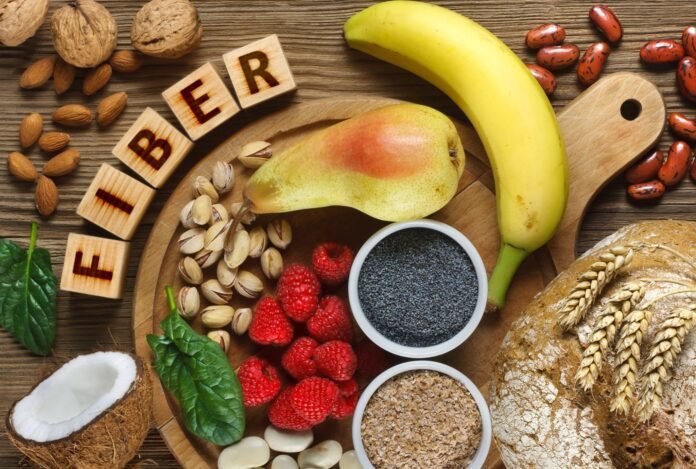Reviewed by Dietitian Emily Lachtrupp, M.S., RD
No single food can eliminate inflammation, but a high-fiber diet is a powerful way to combat it. Chronic inflammation is a major contributor to diseases like diabetes, heart disease, and rheumatoid arthritis, posing a significant threat to long-term health, according to StatPearls in 2023.
For this article, we consulted registered dietitians to identify the best high-fiber foods for fighting inflammation and boosting overall health. Plus, they’ve shared expert tips on incorporating these foods into your diet. Read on to learn more!
How Does Fiber Lower Inflammation?
High-fiber diets improve gut health by enhancing your microbiome—the collection of bacteria and other organisms living in your gut. According to a 2020 review published in Biomolecules, fiber-rich foods lower gut pH and strengthen gut lining, making it less permeable to harmful substances. These benefits help decrease inflammation in the body.
An optimal gut pH fosters beneficial microbes and suppresses harmful bacteria, supporting overall health. Fiber also strengthens the gut barrier, preventing toxins and bacteria from entering the bloodstream, which further reduces inflammation.
The Best High-Fiber Foods to Fight Inflammation
Avocados
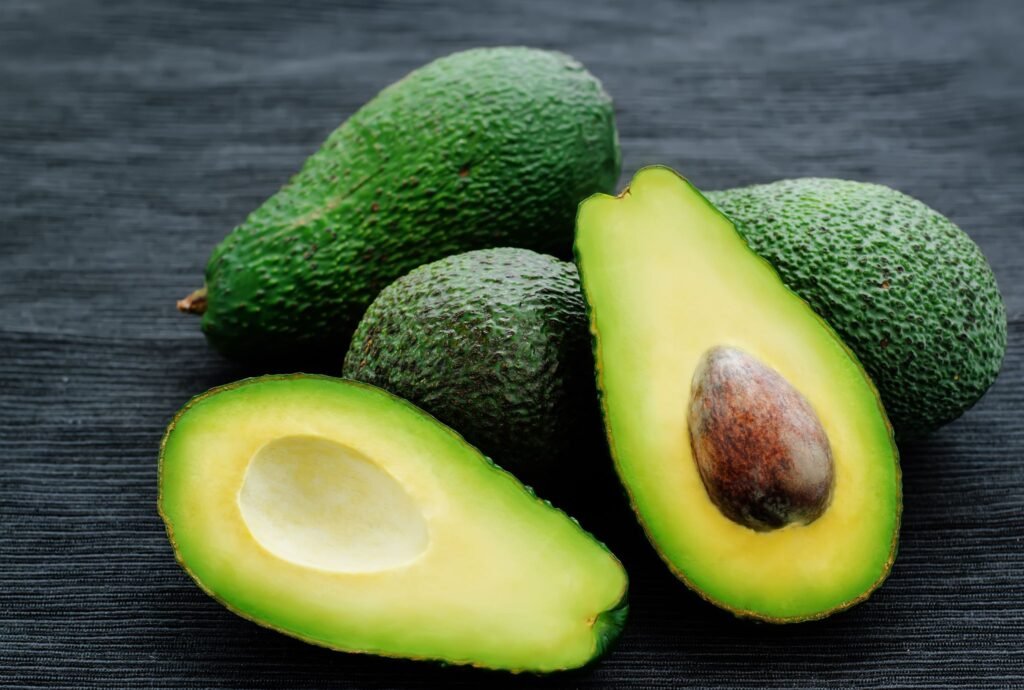
Bursting with heart-healthy monounsaturated fats and fiber, avocados pack 5 grams of fiber per half fruit, according to the USDA. Their high antioxidant content offers additional protection against oxidative stress and inflammation.
Research in The Journal of Nutrition (2020) highlights that avocado consumption can lower C-reactive protein (CRP), a key inflammation marker. Incorporate avocado into your meals as a spread, salad topping, or smoothie ingredient.
Broccoli
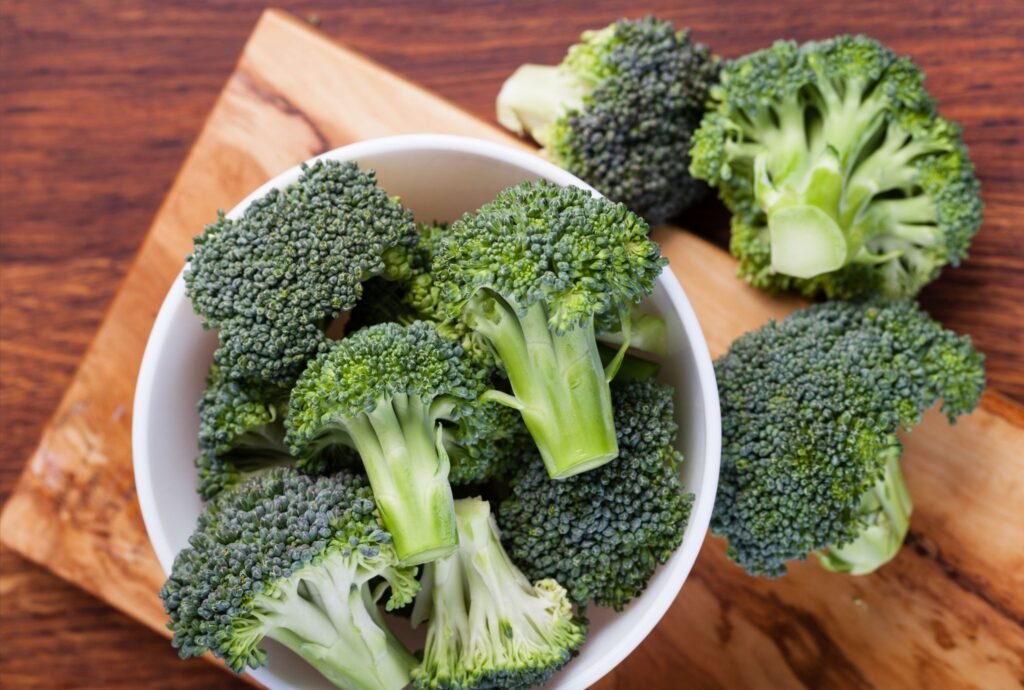
A member of the cabbage family, broccoli is a nutritional powerhouse with over 2 grams of fiber per cup (USDA). It contains anti-inflammatory compounds like sulforaphane, indole-3-carbinol, and isothiocyanates, which reduce inflammatory responses and oxidative stress.
Add broccoli to stir-fries, salads, or soups for a fiber and nutrient boost.
Oats

Oats are rich in beta-glucan, a soluble fiber that supports gut health and promotes fullness. One cup of cooked oatmeal provides 4 grams of fiber (USDA).
“Oats are a fabulous addition to your breakfast routine,” says dietitian Caroline Young, RD. For a balanced meal, cook oats in milk and top with fruits, nuts, or flaxseed.
Raspberries
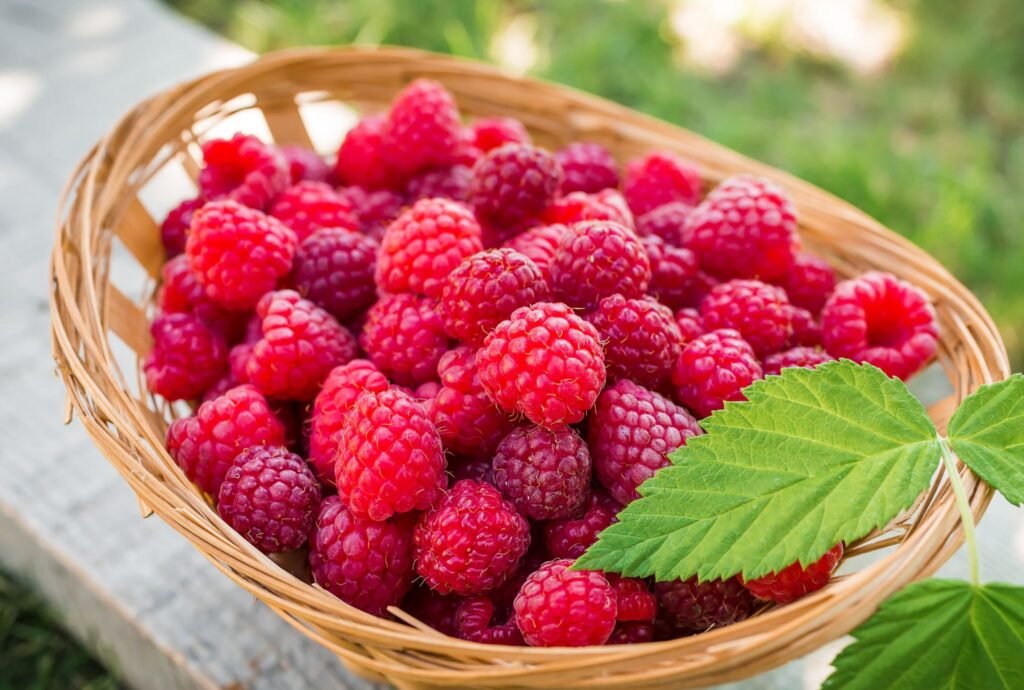
With 8 grams of fiber per cup (USDA), raspberries are among the highest-fiber fruits. They’re also packed with antioxidants like ellagic acid and quercetin, which combat oxidative stress and inflammation.
Snack on fresh raspberries or use them as a topping for yogurt, oatmeal, or salads.
Whole-Wheat Bread
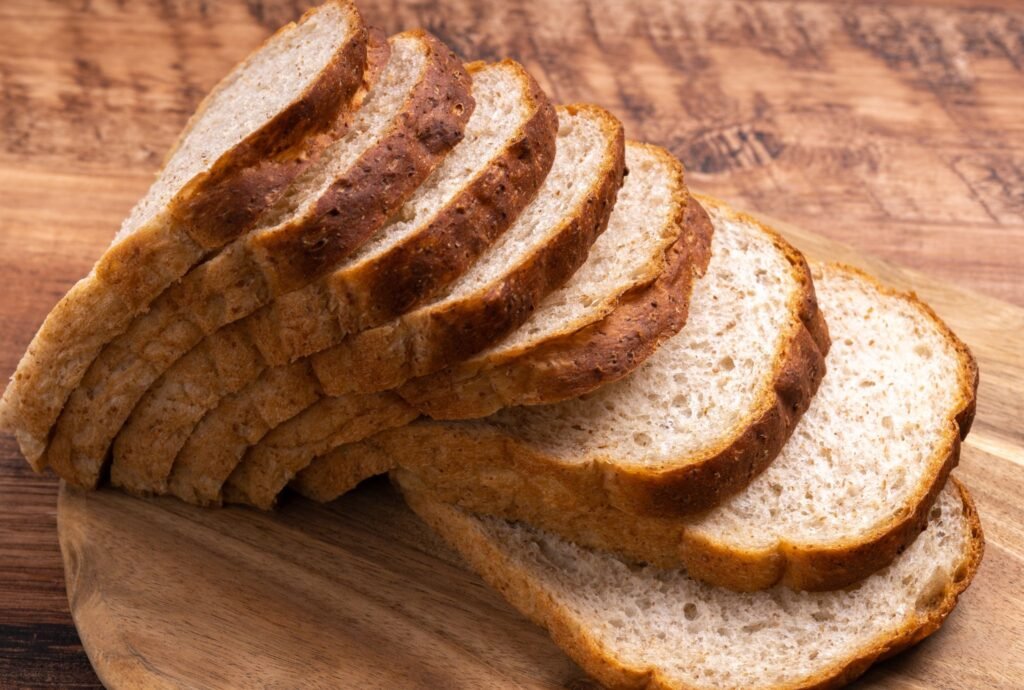
Whole-wheat bread is an easy way to increase fiber intake. Each slice contains 2 grams of fiber (USDA). Switching from white to whole-wheat bread can enhance digestive health and reduce inflammation.
When shopping, check labels to ensure your bread is 100% whole wheat. Use it for sandwiches or as a base for avocado toast.
Chia Seeds
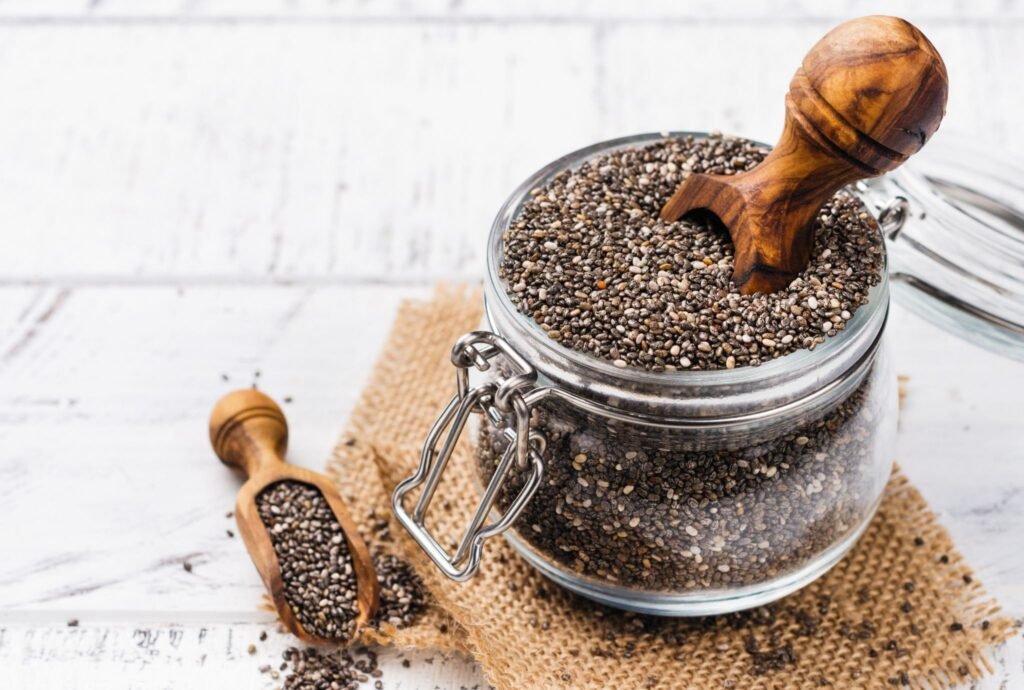
Tiny but mighty, chia seeds deliver 10 grams of fiber per ounce (USDA). They’re also rich in omega-3 fatty acids and antioxidants, such as quercetin, which help fight inflammation.
Add chia seeds to smoothies, yogurt, or baked goods, or make a chia seed pudding for a nutritious treat.
Black Beans
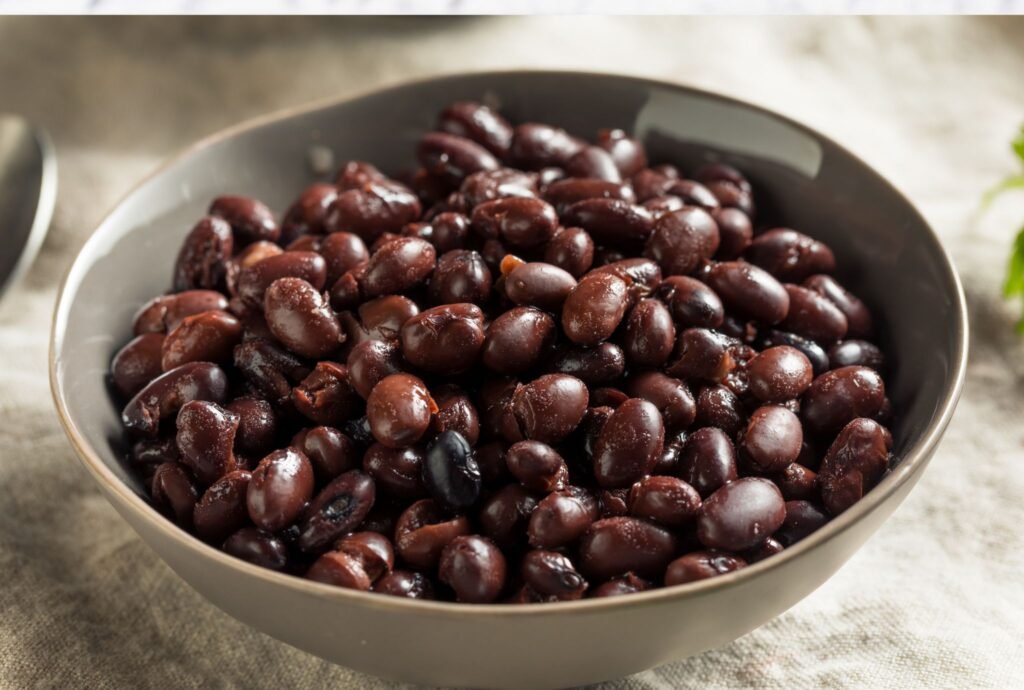
A fiber and protein powerhouse, black beans provide 15 grams of fiber per cup (USDA). They’re also loaded with nutrients that support gut health and reduce inflammation.
“Using beans as a plant-based protein instead of high-fat animal proteins can lower saturated fat intake and inflammation,” says dietitian Erin Palinski-Wade, RD. Try black beans in soups, salads, or tacos.
Flaxseed
Rich in alpha-linolenic acid (ALA), a plant-based omega-3, flaxseed offers significant anti-inflammatory benefits. It also contains soluble fiber that promotes digestive health. One tablespoon of ground flaxseed provides 2 grams of fiber (USDA).
Sprinkle ground flaxseed over oatmeal, yogurt, or salads, or incorporate it into smoothies and baked goods.
Final Thoughts
Incorporating high-fiber foods into your diet can help reduce inflammation and improve overall health. From avocados to flaxseeds, these nutrient-rich options are easy to add to your meals. Remember to consult your healthcare provider before making significant dietary changes, especially if you have underlying health conditions or take medications.
Pair these high-fiber foods with regular exercise and a balanced diet to maximize their anti-inflammatory benefits and support your long-term well-being.



